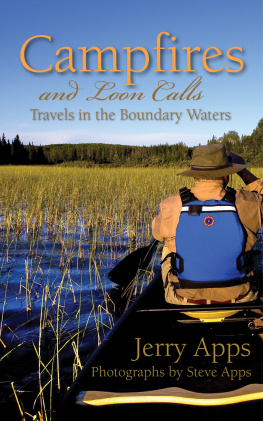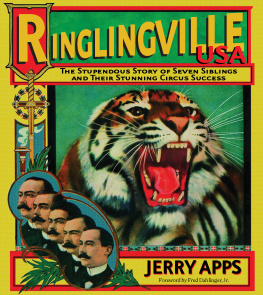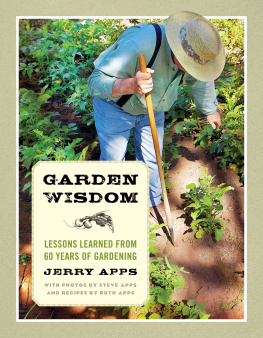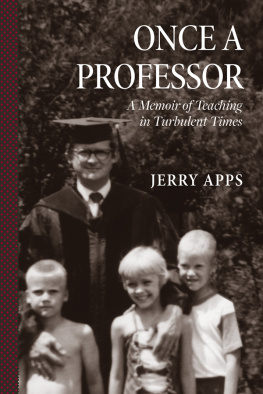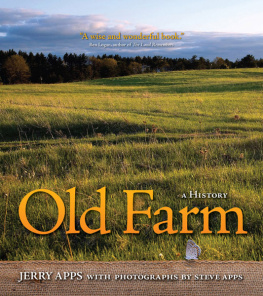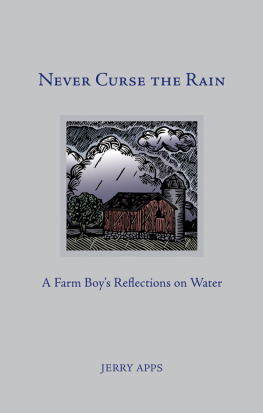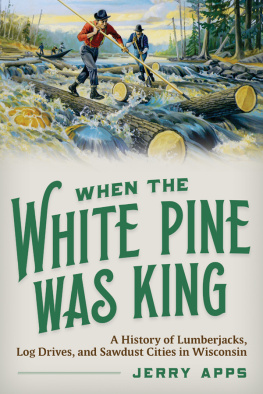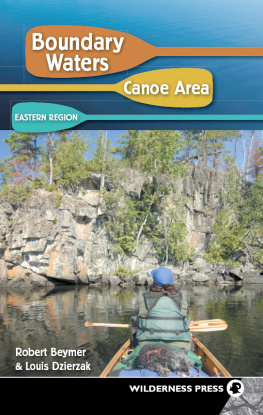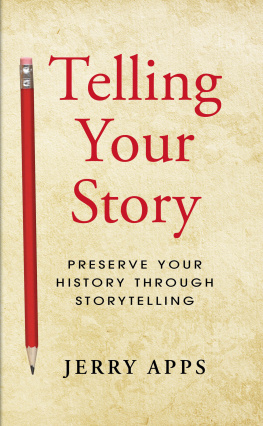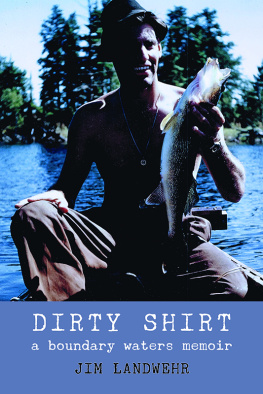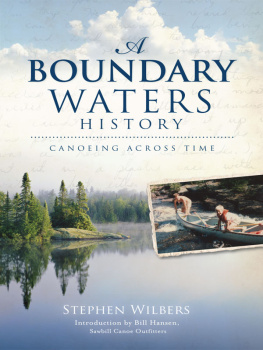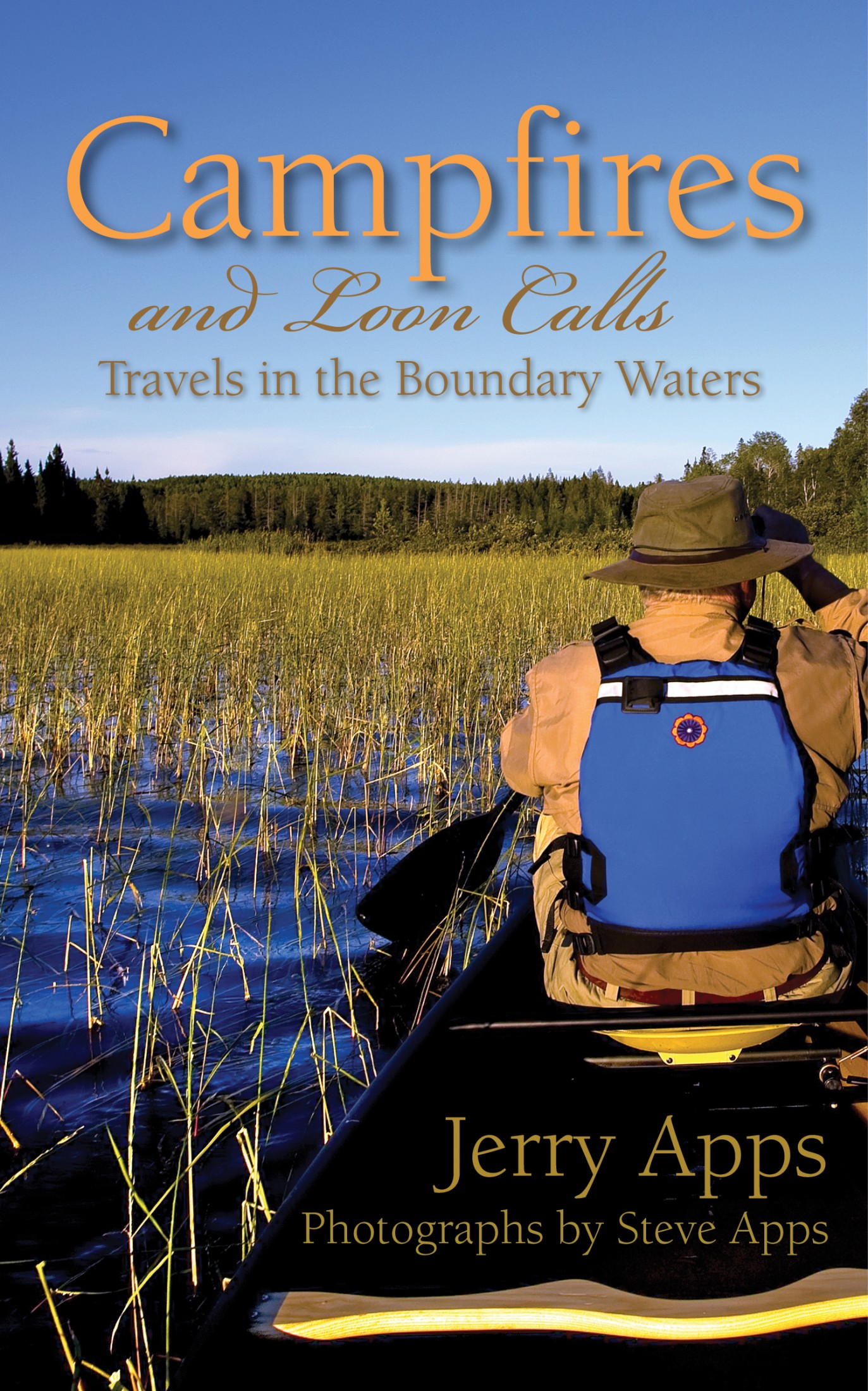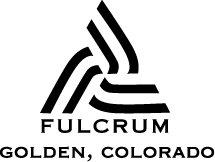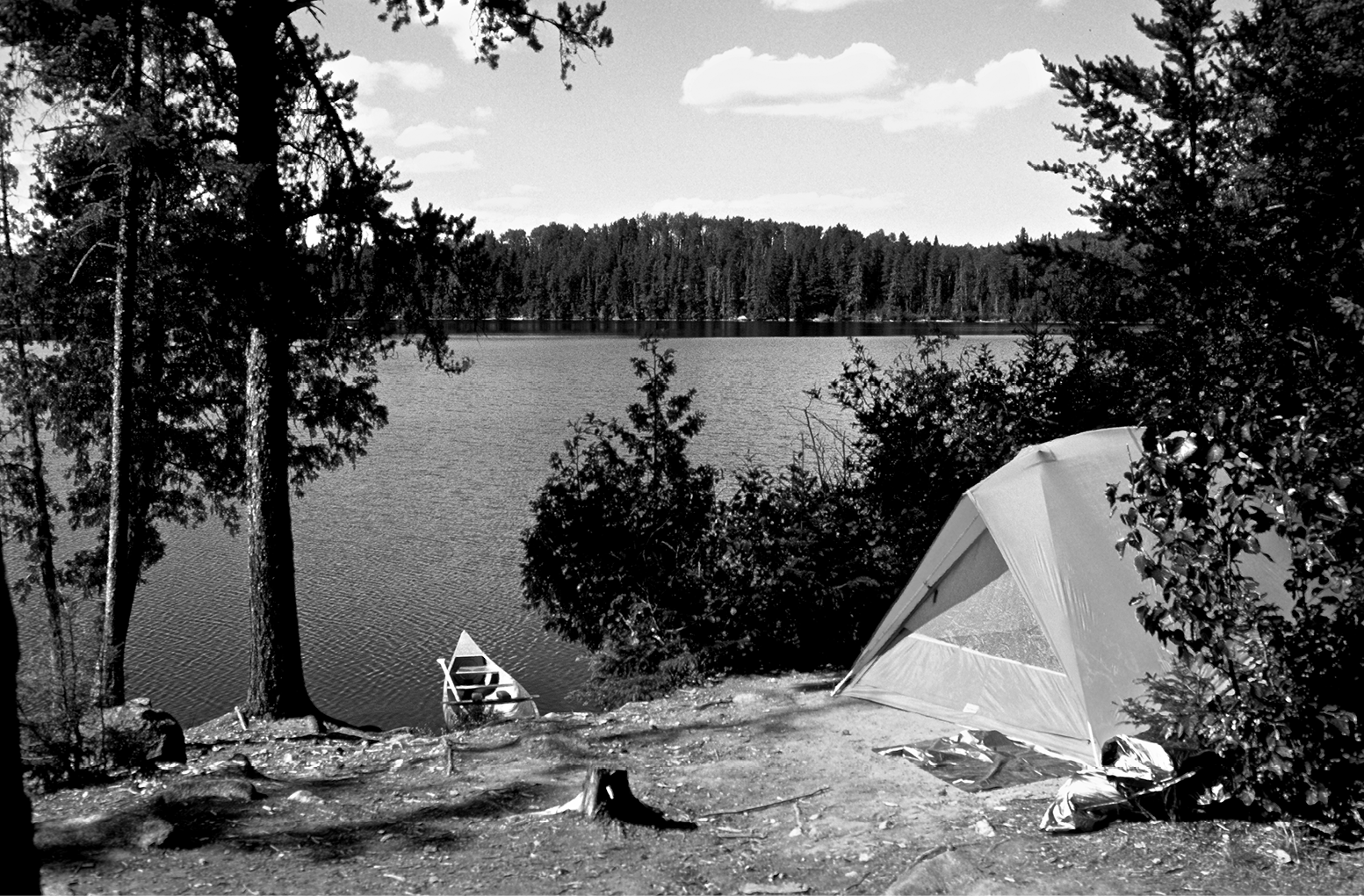Campfires
and Loon Calls
Jerry Apps
Travels in the Boundary Waters
Photographs by Steve Apps
Text 2011 by Jerry Apps
Photographs 2011 by Steve Apps
All rights reserved. No part of this book may be reproduced or transmitted in any form or by any means, electronic or mechanical, including photocopying, recording, or by an information storage and retrieval systemexcept by a reviewer who may quote brief passages in a reviewwithout permission in writing from the publisher.
Library of Congress Cataloging-in-Publication Data
Apps, Jerold W., 1934
Campfires and loon calls : travels in the Boundary Waters / Jerry Apps
; photography by Steve Apps.
p. cm.
Includes bibliographical references.
ISBN 978-1-936218-07-3 (pbk.)
1. Canoe camping--Minnesota--Boundary Waters Canoe Area. 2. Canoes
and canoeing--Minnesota--Boundary Waters Canoe Area. 3. Outdoor
recreation--Minnesota--Boundary Waters Canoe Area. 4. Wilderness
areas--Minnesota--Boundary Waters Canoe Area. 5. Boundary Waters Canoe
Area (Minn.)--Guidebooks. I. Apps, Steve. II. Title.
GV790.A67 2011
796.540977675--dc22
2010045853
Printed in the United States of America
0 9 8 7 6 5 4 3 2 1
Design: Jack Lenzo
Cover image Steve Apps
Fulcrum Publishing
4690 Table Mountain Drive, Suite 100
Golden, Colorado 80403
800-992-2908 303-277-1623
www.fulcrumbooks.com
Dedicated to
the thousands of canoeists
who have looked for and found peace
in the Boundary Waters Canoe Area Wilderness
Contents
Acknowledgments vii
Introduction 1
Part I: Beginnings
1 First Trip 11
2 Foundations 31
3 Provisioning 41
4 Long Drive 49
5 Grand Marais 59
6 A Brief History of the BWCAW 69
Part II: Memories
7 Campfires 85
8 Wilderness Sounds 91
9 Bears 99
10 Loons and Other Wildlife 109
11 Where Are We Now? 121
12 Family Adventure 133
13 Fish Stories 139
14 Base Camping 149
15 Day-Tripping 157
Part III: Challenges
16 Thunderstorms 167
17 Rain 177
18 Rough Water 183
19 Wind and Fire 195
20 The State Bird of Minnesota 203
Part IV: Camping Tips
21 Canoes 213
22 Tents 221
23 Equipment and Clothing 229
24 Whats There to Eat? 247
Bibliography 257
Notes 261
Acknowledgments
Many people made this book possible, some without being aware of their contributions. My father, who died in 1993, instilled in me a love for the outdoors, a curiosity to learn more about it, and the patience to become a part of it. My friend and colleague Walter Bjoraker introduced me to canoes and canoeing more than forty years ago, and canoes have intrigued me ever since. My son Steve first introduced me to the Boundary Waters Canoe Area Wilderness in 1983. I was awed at the place then. I still am.
Several people helped in the preparation of this book. My never-tiring wife, Ruth, reads all my manuscripts, this one included, and offers many suggestions for improvement. My son Jeff, a banker in Colorado and my canoe companion on several trips, made important suggestions for improving the book. My daughter, Susan, also read segments and made improvements. Kate Thompson was also exceedingly helpful in fine-tuning this book. I want to especially thank Sam Scinta of Fulcrum Publishing for his interest in this project and his support throughout the development of the book. Many others contributed. I thank each of them.
A tent, a canoe, a campfire, and a lake view all make for enjoyable
wilderness camping.
Introduction
I went to the woods because I wished to live deliberately,
to front only the essential facts of life,
and see if I could not learn what it had to teach,
and not, when I came to die, discover that I had not lived.
Henry David Thoreau, Walden
Ive learned much from twenty-five years of canoe camping in the Boundary Waters. And I have a lot more to learn. What Im most noted for is missing portages and getting lost. (Ask my canoeing companions about this, especially my children, Sue, Steve, and Jeff, who have been with me when Ive been hopelessly misplaced with no hint of how to get back to our campsite. Of course, some of our most interesting experiences have occurred when we were lost.) On these pages, I share some of what Ive learned with the hope that others might find the information helpfulor in some cases, learn from my example what not to do.
I must confess that what I have gained from twenty-five years of smoky campfires and eerie loon calls in the night goes well beyond paddling and camping skills. This place with the long set of initials has helped me tap into something more profound than skill learning, even more important than how to survive a wicked thunderstorm. The BWCAW has reminded me that I am just one little piece in this complicated and often mysterious puzzle of nature. It is an awesome consideration. Ive learned to slow down and take things as they come, to enjoy an experience that is often different from what I had intended, or even hoped for.
Thoreau wrote, Most of the luxuries, and many of the so-called comforts of life, are not only not indispensable, but positive hindrances to the elevation of mankind. These words describe one of my reasons for returning to the Boundary Waters each year, as I leave behind the luxuries and comforts of my life and appreciate once more the power of simplicity.
I step away from a life thats complicated by electronic gadgetry to master, elaborate schedules to meet, performance outcomes to consider, and a rush, rush, rush perspective. In the Boundary Waters, all of that is on hold and unplugged. Im back to a life that I knew as a child, when we had no electricity, my mother cooked on a wood-burning stove, and we walked a mile to our country school. Im continually reminded to listen, smell, taste, feel, and seeautumns first yellow leaf, a giant bull moose eating pond plants, the subtle sound of thunder in the distance, the feel of a rocky portage underfoot, the smell of clean air, the taste of fresh-caught fish for supper. All my senses are in play.
As I researched and wrote this book, I was struck by the long and tortuous struggle to establish and protect the Boundary Waters Canoe Area Wilderness from development. The struggle continues todayin the Boundary Waters and throughout the countryas wilderness areas and other environmentally sensitive places are constantly attacked and eroded. The debate often comes down to a fundamental question: What good is a wilderness area? What is its value ? On my farm in central Wisconsin I have a substantial population of Karner blue butterflies, a federally endangered species that relies on the lupines that grow in profusion here. An acquaintance once asked me, what good are those butterflies? Whats their value? Why do you spend time encouraging lupines to grow on your farm when you could grow a more profitable crop? Of course, the word lurking behind these questions is money. For some people, somethings value depends solely on whether or not it can bring a monetary return. In the case of my little butterflies, encouraging them just because they are there seems a weak defense to these folks.

